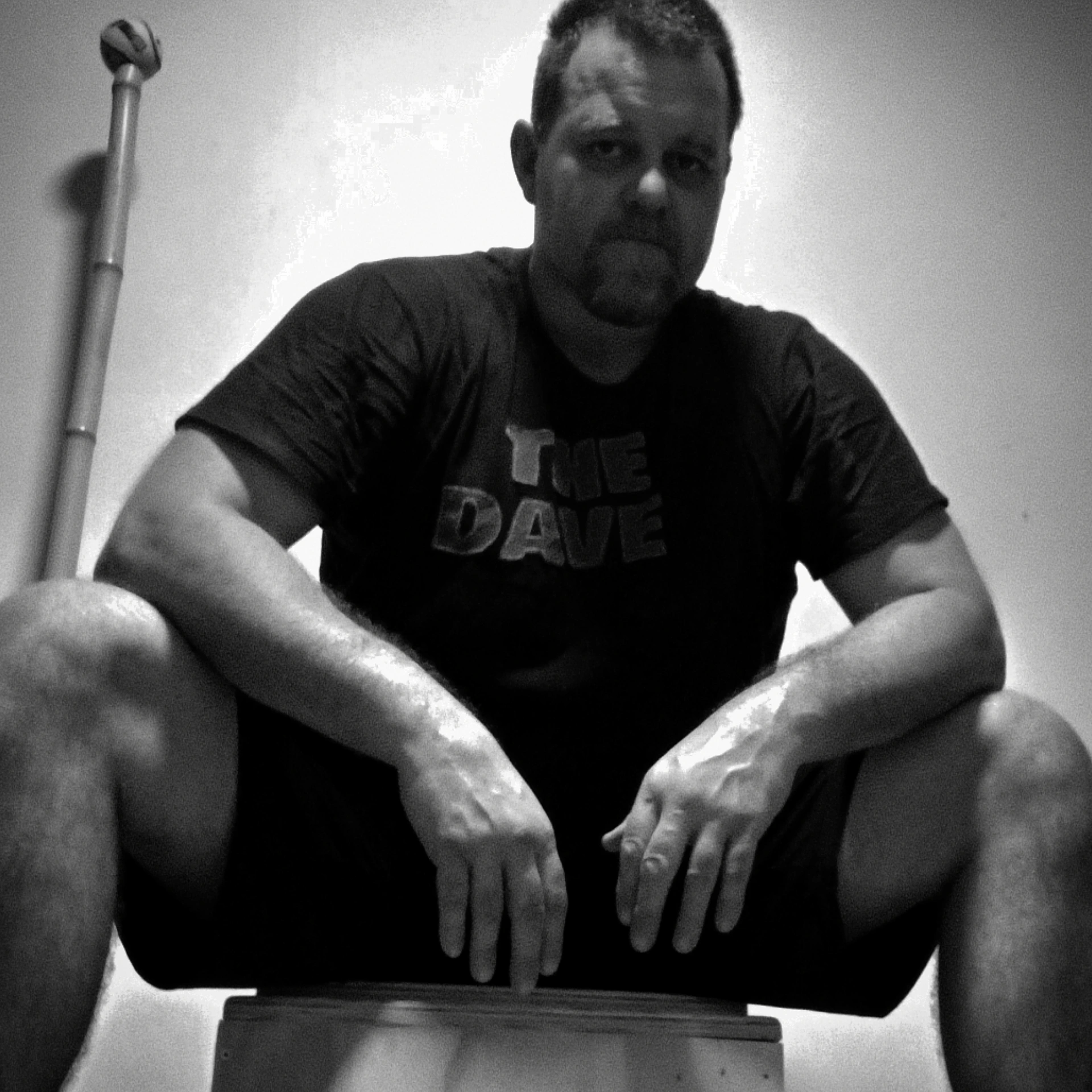- Dave Hedges

- Dec 16, 2025
- 4 min read
The other week I reminded you that this is your newsletter than that i wanted your questions so I don't have to sit here trying to think of stuff to write about.
Well, we got a couple of good questions in.
James wants to know about warming up in the cold weather, how much is too much
And Shannon is concerned about energy and why she's feeling more tired than she thinks she should
Lets start with Shannon as it ties in with a little experiment I've been running.

A little while ago I noticed I was knackered all the time, exhausted and my gym sessions were suffering as a result.
I took a little step back and had a think over the various aspects of Davehood, and realised that I'd been pretty busy the last while and one of my most consistent behaviours when I'm busy is to stop eating.
My early career in the hotel trade meant that when on shift, breaks were a luxury and it wouldn’t be unusual to put in a 12+ hour shift, running around carrying trays and serving with a smile, and do the whole thing on just a sandwich or two that the chef was kind enough to give you.
And I tend to default to that as a habit. A bad habit, but a habit non the less.
So I decided to try something.
I had to track my food.
Now, I'm not a nutrition guy, putting it into a spreadsheet or paying for an app all sounded like too much hassle, so I thought I'd ask Kato.
Kato, named after Inspector Clouseau's sidekick in the old Pink Panther movies (Yes, for the fans out there, I am aware it's Cato, not Kato, leave it alone!) is my ChatGPT
I entered my initial prompt:
"Kato, lets start a food diary. I want you to calculate macros and offer up suggestions if there are significant gaps in the micro profile What do you need to know in order to begin?"
And then each week I then get Kato to summarise the week in a format I can copy across to a spreadsheet with the column headings:
Date | Meals (Summary) | Activity / Training | Calories (kcal) | Protein (g) | Fat (g) | Carbs (g) | Fluids (L) | Steps (est.) | Energy Balance(calorie deficit/surplus) | (Notes / Suggestions)
And allowing for inaccuracy, using it merely as a guide it has helped shine a light on my bad habits, and that awareness has helped in keeping me on track.
There were days that Kato reckons I was under fuelling by over 1000 calories, no wonder I was tired.
My behaviour here is far from unique.
A great many folks, especially youth athletes and females are under eating, either by choice, habit or accident.
So lean into the AI assistant in your pocket and start letting it track your intake. Just gather info for the first couple of weeks, then look at where you can make improvements.
And don't get bent out of shape if you over consume at an Xmas party, it's Xmas, we're supposed to over consume!!
Now, James and warming up in cold weather.
What is a warm up and why do we do them?
In short a warm up has a simple intent - get us ready to train/exercise
To do this we are ensuring blood flow is directed towards the muscles rather than the digestive tract, we're raising the heart rate, "oiling" the joints and getting the mind right.
So, skip, do joint mobility, use the 100 Rep Warm Ups, to injury rehab drills and get the mind focused.
You don't need to be breathing hard or sweating heavily, but a light sweat is good, an elevated heart rate is good.
It could take 5 minutes or 15 minutes, doesn't matter too much.
After the body is generally warm, then it's more specific.
If you're lifting it's load acclimation, ie light/short sets as you build up tot he working sets
if it's outdoor running or cycling, it's doing the first 5 - 10 minutes nice and gently, feeling the legs turn over and flow start to set in (which is still load acclimation). Maybe it's a few drills, hops and bounds etc
And then you're off.
The important thing really is that your warm up gets the mind & body right.
That means the you're focused, your muscles pliable, injuries are "treated"
And you haven't done so much that you've used up available energy that should have gone into the training.
Now, here's a cheat code...
If you take "movement breaks" through the day, ie, as I have previously mentioned you "be more dog" by using stretches and pandiculation movements such as the AiM drills I give out as rehab, then by the time you get to the warm up, you've already got your foot in the door.
If you move through the day, maybe your warm up just needs to be a pulse raiser and a bit of load acclimation.
It really is simple, and believe it or not, quite easy.
Keep your questions coming, I love reading them and love writing about them.
Chat soon
--
Regards
Dave Hedges

